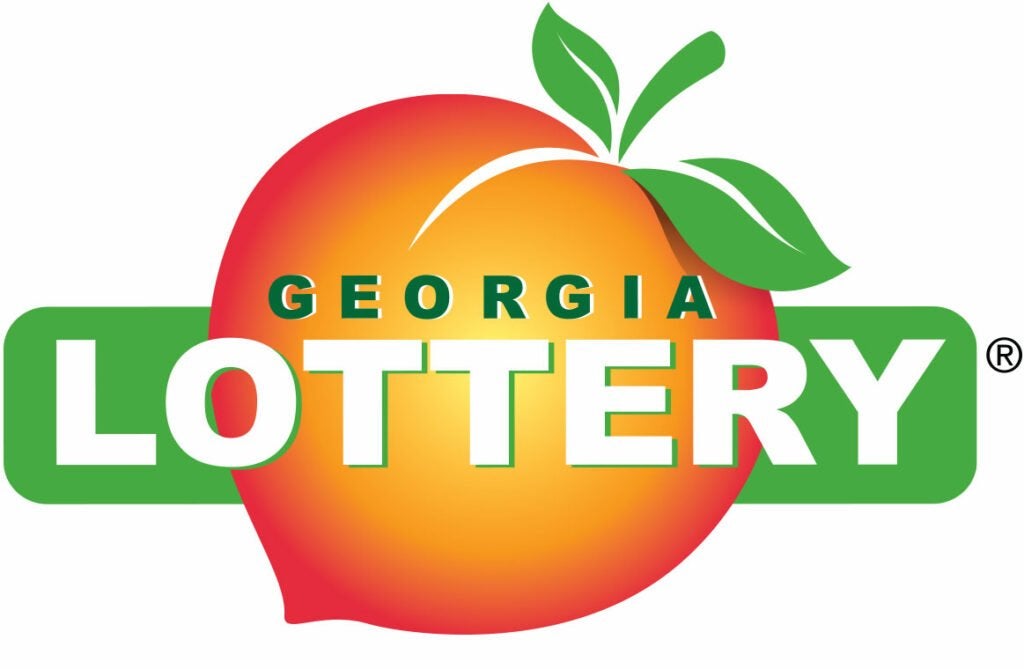November skies are soft and gray,
The garden rests, yet finds its way.
Pansies peek through cooler air,
With camellias blooming everywhere.
Though leaves may fall as winds grow slow,
Beneath the earth, new life will grow.
In November’s quiet, the garden keeps,
A Southern warmth in winter’s sleep.
The soil still holds its autumn warmth,
Where garlic sprouts and roots grow forth.
Kale and collards, sturdy, bold,
In Georgia’s ground, defy the cold.
The harvest slows, but doesn’t end,
In Georgia’s soil, the earth’s a friend.
November’s garden, calm and still,
Prepares for spring, with quiet will.
Is it already November? I think that I must be losing my sense of time as I keep getting older. Time seems to disappear in great chunks, while I’m not looking. Regarding the weather this month, we note that while it is currently still quite mild outside, by the end of the month we can expect the daytime highs to be in the low to mid 70s and the nighttime lows in the mid 40s.
Hopefully, by now, most everyone has managed to begin to recover from the terrible damage visited on us by the hurricane. At our place, we were comparatively lucky. While so many in our area have suffered devastating losses, we only lost our backyard green house and a few dozen shingles to high winds and falling limbs. As a result, there may be a new greenhouse in our future, if the insurance company isn’t bankrupt by the time they get around to us.
By the way, if you happen to be considering the purchase of a hobby greenhouse, we strongly suggest that you think long and hard about just exactly what you plan to do with it. Here’s a link that reviews some of these points.
In our opinion, greenhouses in the south are great in the winter for starting spring plants from seed and for overwintering your tropical plants. However, unless you have an unlimited budget to cool the greenhouse from late spring through late fall, they are just about worthless during the warmer seasons. Indeed, we may just opt for a large cold frame, rather than replace the greenhouse. This link from Iowa Extension has free downloadable plans for cold frames and explains their best uses.
As we have mentioned before that now is an excellent time to spread organic matter, such as manure, composted sawdust, and leaves over the garden and plow them under. This will improve soil fertility, structure, and water retention for future planting.
We also strongly suggest that you consider taking a soil sample to check nutrient levels.(We know; this seems to be mentioned every month, doesn’t it? There may be a reason for that!) This will allow you to apply lime or fertilizers appropriately before spring planting. It’s particularly beneficial to apply lime now for maximum effectiveness. Changing the pH of soil can take weeks to months.
Have you started thinking about which of your plants will need to be protected from the coming colder weather? Many of us, including me, have a number of tropical and sub-tropical plants that will not survive the winter here. Are you going to bring them inside, overwinter them in a garage or just trust in luck? Whatever you do, do it gradually. You can shock a plant by going from a cool environment to a warmer one, just as easily as the reverse. Think of it as “hardening off” in reverse. The other consideration is the light level. Indoor light levels are almost always less intense than those outdoors.
Reflect on this year’s gardening experience by taking an inventory of what worked well and what didn’t. Make notes about favorite vegetable varieties and order seeds early to ensure a good selection for next season. (You did take our advice about starting a gardening diary, didn’t you? If not, do it now! We promise you will not be wasting your time.)
We just finished transplanting some of the cool season veggies that we seeded several weeks ago. We put out some collards, kale, Swiss chard and iceberg lettuce. We also transplanted some more of the ornamental cabbage into the window boxes. The remaining warm days and cool nights will ensure good development.
Continue to build your compost pile with kitchen scraps and yard waste to enhance soil fertility. You do have a compost pile, don’t you? Even though winter will slow the composting process, you need to continue feeding the pile. By the time spring rolls around, your efforts will be rewarded. Finally, finish harvesting any remaining crops, and clean up your garden to remove dead plant material. This free garden calendar from UGA expands on these ideas.
If you are wondering who wrote the poem, it’s actually AI generated. Not bad for a machine…












